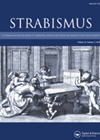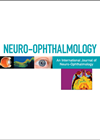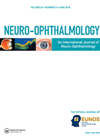
Journal Reviews
Can a dose scale be calculated for the modified Harado-Ito procedure?
The aim of this study was to review the surgical outcomes of the Fells modified Harado-Ito procedure using a dose scale approach with long-term follow-up, and to evaluate the relationship between preoperative factors and final outcome. This was a retrospective...
A case series of acquired esotropia in cerebellar disease
Acquired esotropia in cerebellar disease is well described but under-recognised. The pathogenesis of cerebellar esotropia is controversial. It is suggested it may be a result of disruption to central vestibular pathways. This article reports a case series of seven adults...
Surgical outcomes in third nerve palsy
The authors of this article explore the factors associated with successful surgical outcomes in third nerve palsy, which is known to be difficult to treat. A number of case notes were reviewed for patients who underwent surgery or botulinum toxin...







